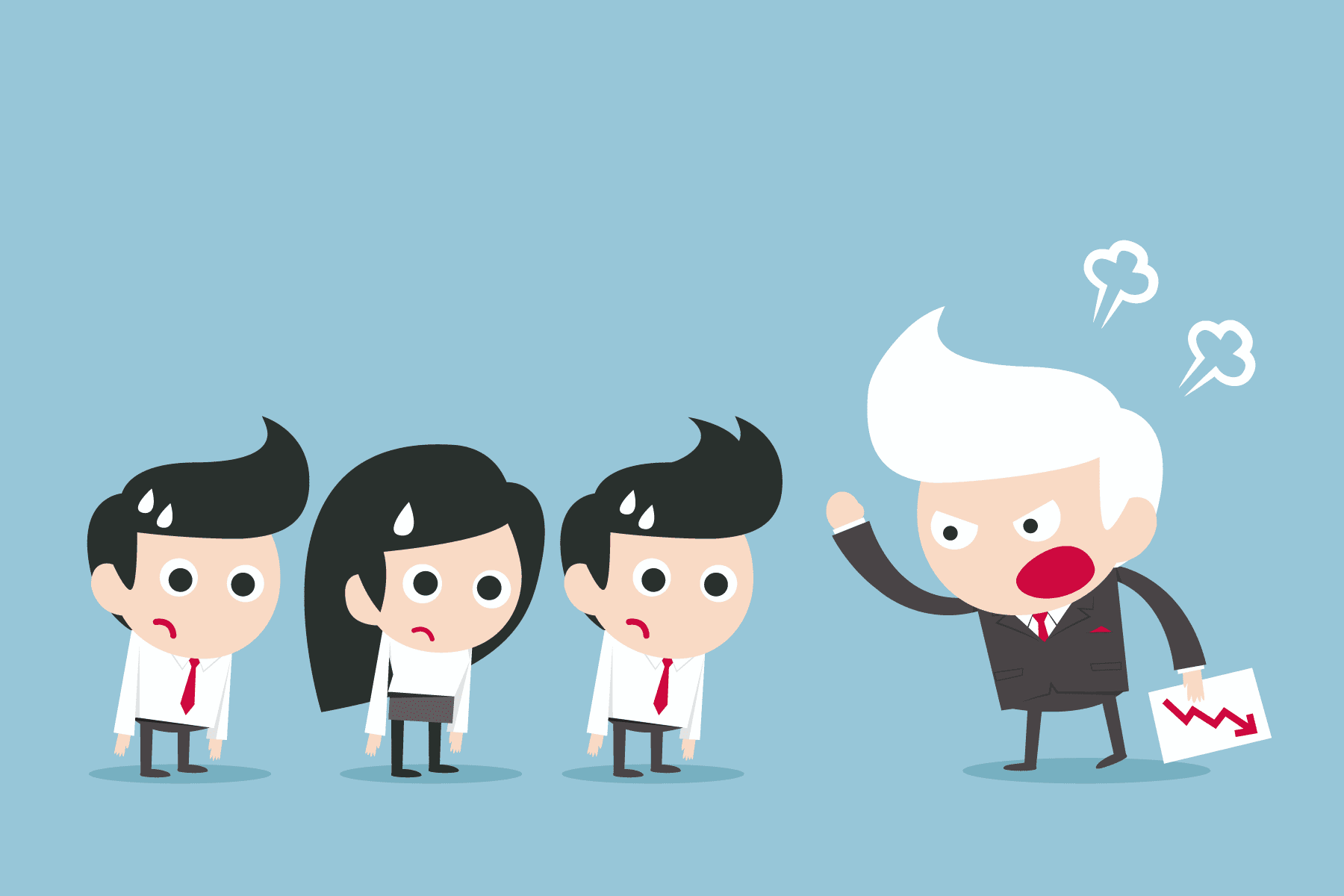We hardly ever delve deeper into the topic of employee burnout, because its a complex concept to handle. But it is also very important for you and every organisation to be aware that its a serious issue and it should be dealt with care.
Certain pointers before we expand on the topic:
- Employee disengagement and workplace burnout are not the same
- Every employee is unique and workplace burnout happens differently for each
- It can affect your organizational productivity
- It can cause health problems for the employees who are experiencing it
Defining Workplace Burnout:
Workplace burnout is a state of mental and physical exhaustion which happens when you are stressed for a stretched period of time. During this phase, people often doubt their own capabilities and find no happiness at work. They are easily annoyed and lose patience often with their co-workers. If not helped, this burnout can affect the person’s health.
What are the signs?
- Reduced interest and motivation towards work
- Frequent headaches and fatigue
- High irritability
- Decrease in efficiency of work
- Increase in absenteeism
- Job dissatisfaction
- Procrastination
Also read: Creating a Performance Based Culture in Your Organization
What leads to Employee Burnout?
Conflicts at workplace
This is one of the most common reasons why employees experience workplace burnout. We all know how important it is to be a team player for organizational success. When you have a conflict with a teammate, is it still possible to remain a team player?
When you have to work with someone that you aren’t comfortable with, day in and day out. You will no longer feel the same level of motivation that you used to feel when you started working.
Too much work
It is important as an HR, to keep track of how much work an employee is doing and how much they are capable of doing. But sometimes, the workload increases so much that the HR managers also have no option other than having their employees work for them. If this becomes a recurring event, then employees lose motivation to work and there’s a possibility for burnout.
Pay is less
Sometimes, employees are made to work for longer hours but do not get the compensation they deserve. If this happens more than twice then the employee starts losing interest in their work and they lose motivation to even complete the smallest of tasks which gradually results in employee burnout.
Lack of work-life balance
Sometimes, the reason for a burnout can be pressure upon employees to balance work and their personal lives. For some, social isolation due to hectic work life or hostile colleagues can be the reason, for others it can be job insecurity and differences with co-workers and bosses. But the root cause remains work-life imbalance, which is what wreaks havoc on one’s professional and personal life.
Also read: 8 Simple Strategies for Employee Recognition and Rewards at Workplace
Dealing with Employee Burnout:
Now that you know how to spot employee burnout, here’s how you can prevent or deal with it.
Clear communication
As an HR, it is your responsibility to make the job roles and responsibilities clear to employees. Talk to them them and find out what motivates them. This will help you deal with their burnout. When you clarify what the employees should do, there will be no room for uncertainty and that prevents workplace burn out.
Employee Assistance Programs
Employee Assistance Programs (EAP) are a great way to help your employees who are experiencing burnout. EAP’s can include employee participating in stress-relief workshops, receiving counselling at a discounted price, or even attending work-mandated therapy sessions. Most organizations which offer EAP’s tend to build a flexible programs. You can build a program based on what your employees need the most.
Flexible work environment
Flexibility at work is important if you want your employees to not burn out. Managers should allow employees to have flexible work schedules, not allow them to work overtime and of course, give them permission to take time off, if need be. Flexibility and understanding are important in helping employees deal with their workload.
Employee recognition
We cannot stress how important it is to acknowledge you employees. When you acknowledge someone, you are letting them know, that you have noticed them. If you see an employee going above and beyond the call of duty, acknowledge them. If you see an employee struggling, acknowledge them and ask them how they are doing. It’s the little things that make employees feel good.
Taking day off
Last but not the least, we need to acknowledge the fact that workplace stress is a real issue. For employees who are experiencing burnout, who are recovering from burnout, or are dealing with mental-health issues, there are going to be some days where they will not be able to function at their best. In most organizations, there is a stigma surrounding employees who take sick days in order to deal with mental health issues. That should not be the case. Employees should be able to take mental health days if they need to. This will happen if your sick-leave policy is made more fluid.
Engagedly is offering a suite of products part of its Remote Work Toolkit free to any organisation, until Sept 30th, 2020.
The Coronavirus has affected the way we work today and for months to come. Unprecedented events require unprecedented measures. We at Engagedly believe it is our responsibility as socially conscious corporate citizens to help equip organisations with additional tools and resources during this time of crisis.
Get in touch with us to know more about the free remote working tool-kit.
Want to know how Engagedly can help you better manage your employee? Request us for a live demo!
Request A Demo
Kylee Stone
Kylee Stone supports the professional services team as a CX intern and psychology SME. She leverages her innate creativity with extensive background in psychology to support client experience and organizational functions. Kylee is completing her master’s degree in Industrial-Organizational psychology at the University of Missouri Science and Technology emphasizing in Applied workplace psychology and Statistical Methods.



